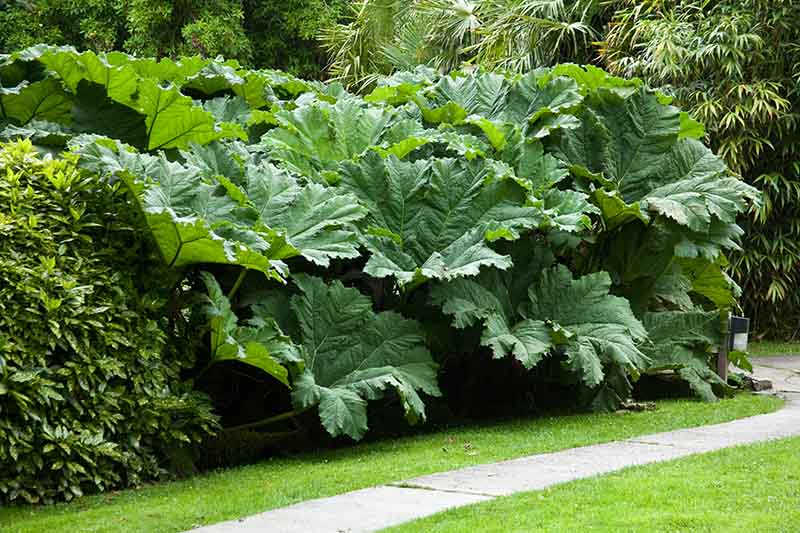When it comes to creating secure, low-maintenance boundaries around your property, few plants offer the perfect combination of beauty and functionality quite like the pyracantha. This versatile evergreen shrub has earned its reputation as one of nature’s most effective defensive plants, while simultaneously adding year-round visual interest to gardens. With its dense growth habit, formidable thorns, and seasonal displays of vibrant berries, it’s no wonder more homeowners are turning to this living fence solution.
The Protective Power of Pyracantha
A well-established pyracantha hedge serves as an impenetrable barrier that deters both unwanted visitors and wildlife. The plant’s intricate network of thorny branches creates a formidable obstacle that’s far more attractive than traditional fencing. Unlike artificial barriers, a pyracantha hedge grows denser over time, with mature plants reaching heights of 2-3 metres – perfect for perimeter security. The shrub’s evergreen nature means it provides constant coverage, unlike deciduous alternatives that lose their protective qualities in winter.
Year-Round Garden Interest
Beyond its defensive capabilities, pyracantha offers exceptional ornamental value. In spring, the hedge bursts into bloom with clusters of delicate white flowers that attract pollinators. By autumn, these transform into spectacular displays of bright red, orange or yellow berries (depending on variety) that persist through winter, providing vital food for birds during leaner months. The glossy green foliage maintains its vibrant colour even in colder temperatures, ensuring your garden never looks bare.
Planting and Establishment Tips
For optimal results, plant pyracantha in well-drained soil with full sun to partial shade exposure. Space plants about 60-90cm apart to allow for growth while encouraging dense formation. While relatively drought-tolerant once established, regular watering during the first year promotes strong root development. Annual pruning after flowering maintains shape and encourages berry production – always wear thick gloves to protect against the thorns.
Low-Maintenance Security
Compared to traditional fencing, pyracantha requires minimal upkeep. It’s naturally resistant to most pests and diseases, and unlike wooden fences, won’t rot or need repainting. The plant’s vigorous growth means it quickly recovers from any damage, maintaining its protective qualities. For added security, some homeowners train pyracantha against existing walls or fences, creating an extra layer of defence that’s both beautiful and functional.
Wildlife Benefits
While keeping intruders out, pyracantha welcomes beneficial wildlife. The flowers provide nectar for bees and other pollinators, while the berries are a valuable winter food source for birds like thrushes and blackbirds. The dense foliage also offers nesting sites and shelter for small garden creatures, making it an excellent choice for eco-conscious gardeners.
Design Versatility
Pyracantha’s adaptability makes it suitable for various garden styles. It can be trained as a formal hedge, espaliered against walls, or left to grow more naturally in cottage gardens. The different berry colours available allow for creative combinations – mix orange and red varieties for a stunning autumn display, or use a single colour for a more uniform look.
Conclusion
For those seeking a natural security solution that enhances rather than detracts from their garden’s beauty, pyracantha stands unrivaled. Its combination of formidable thorns, evergreen foliage, and seasonal interest creates a living barrier that’s both practical and attractive. Easier to maintain than artificial alternatives and beneficial to local wildlife, a well-planned pyracantha hedge offers years of reliable service while adding depth and character to your outdoor space. Whether used as a standalone boundary or to reinforce existing fencing, this defensive darling proves that protection and beauty can indeed grow hand in hand.

